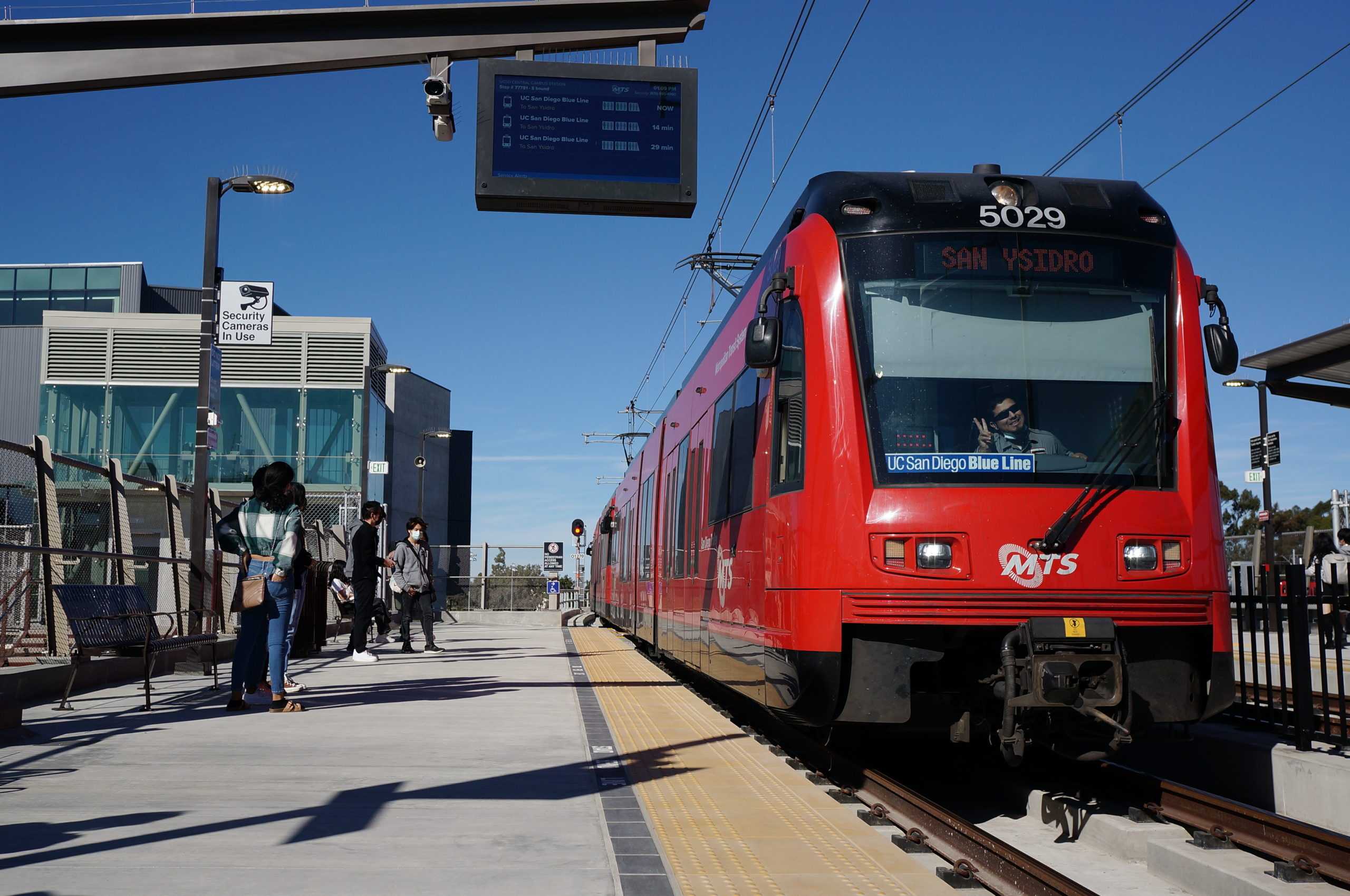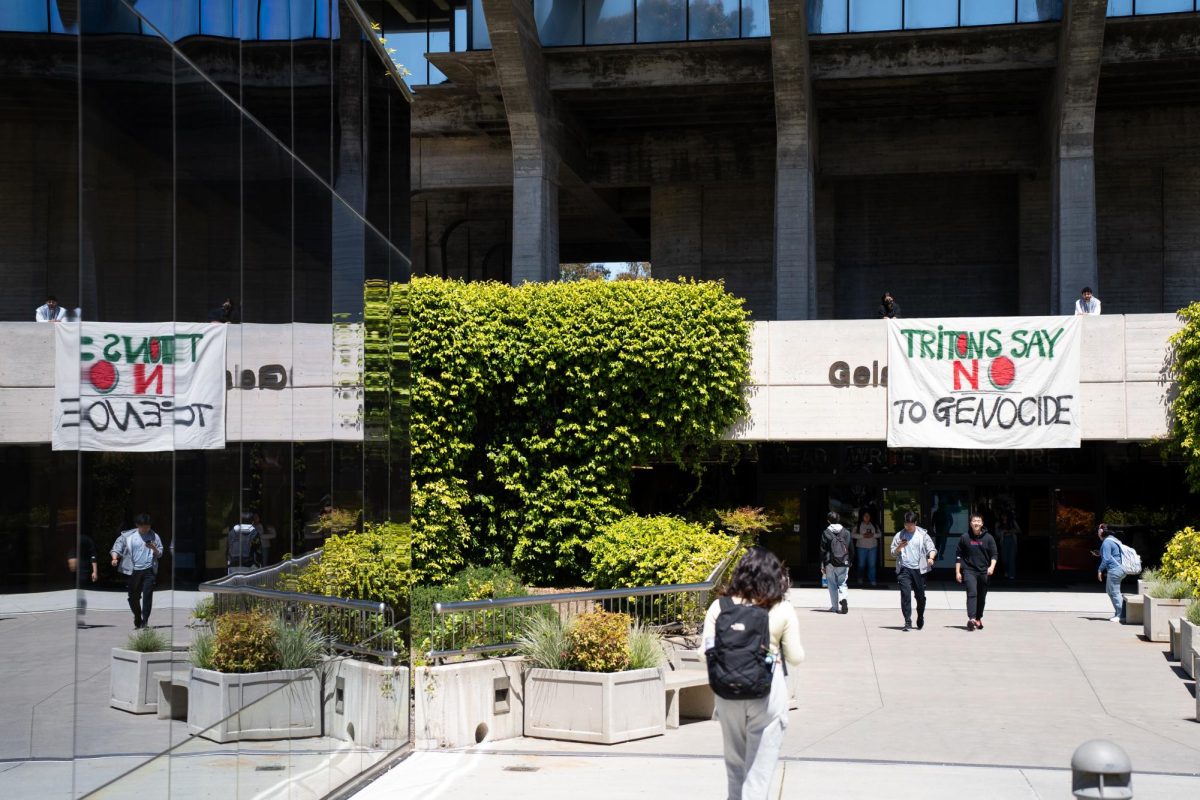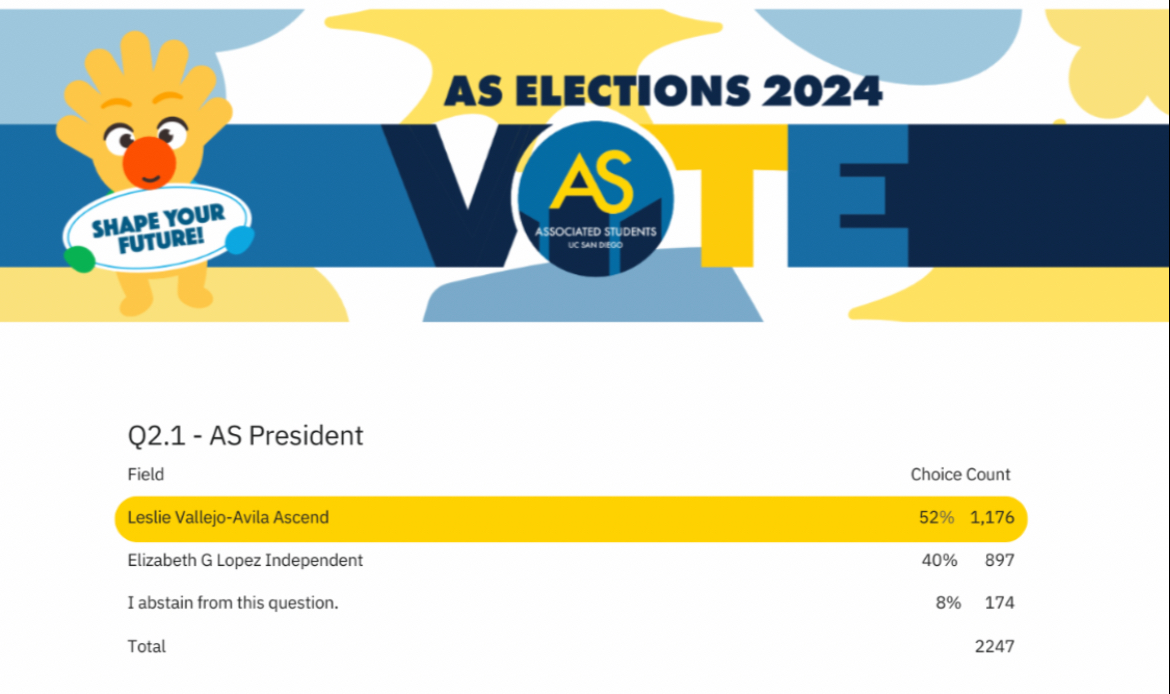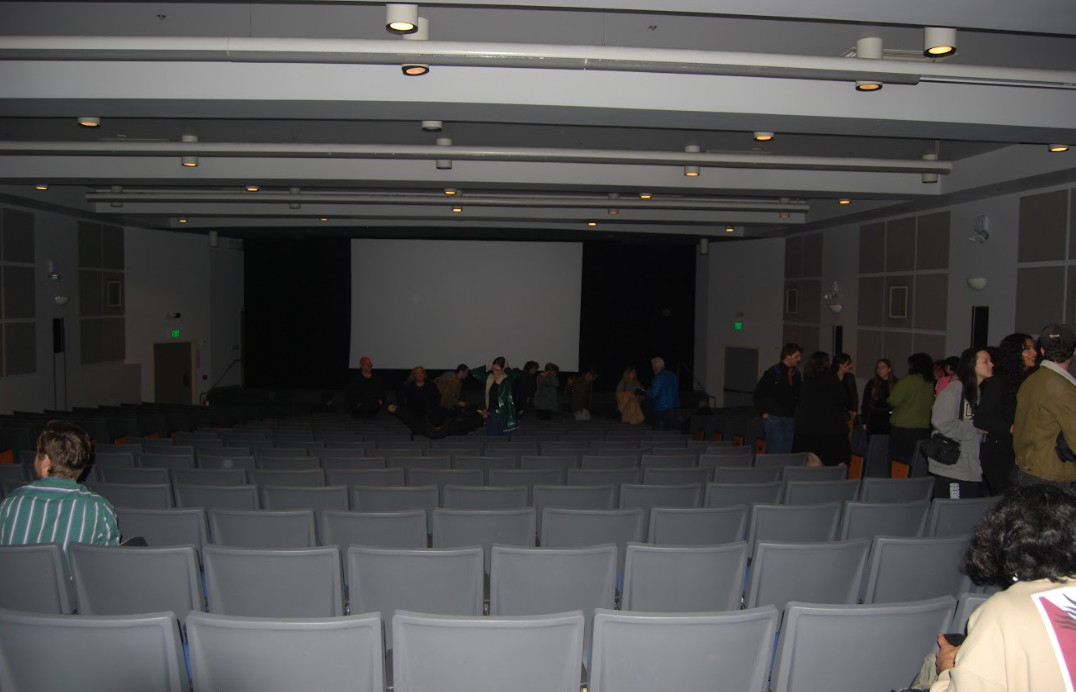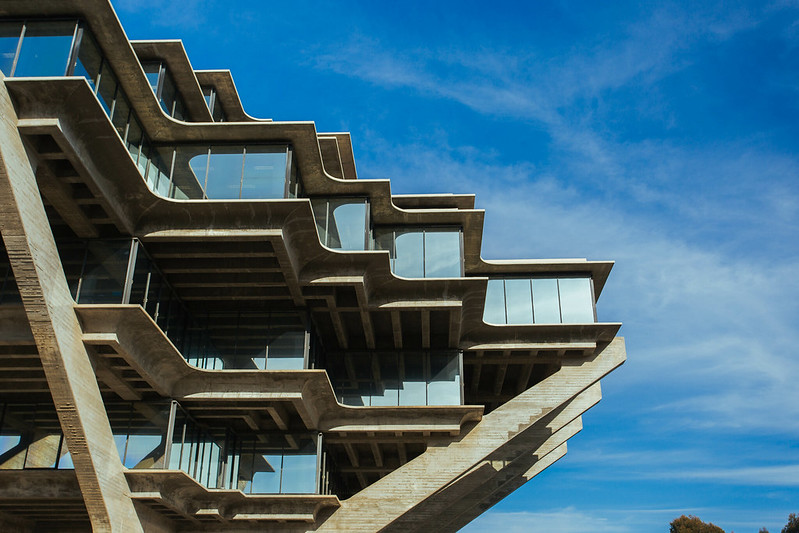The sounds of commotion, laughter, and music filled the air on Sunday, Nov. 21, at Earl Warren College Field as the Metropolitan Transit System (MTS) hosted an event celebrating the opening of the new Mid-Coast Trolley Extension. The new Mid-Coast Trolley will carry the Blue Line of the San Diego Trolley from Downtown San Diego to campus and University City, with trains running every 15 minutes. This will allow UC San Diego students, staff, and community members a one-seat ride to Downtown, South Bay, and the Mexican border.
“The trolley will connect the university to the community like never before,” Associate Director of University Communications Leslie Sepuka said.
The event saw roughly 8,000 community members attend. Notable attendees included Congressman Scott Peters, Congressman Juan Vargas, San Diego Mayor Todd Gloria, and Catherine Blakespear, the mayor of Encinitas and chair of the San Diego Association of Governments (SANDAG), the region’s chief transportation organization overseeing the project’s planning and construction.
“It’s not frequently you open a $2.17 billion, 11-mile, nine-stop trolley line,” Blakespear said.
According to SANDAG Director of Engineering and Construction Sharon Humphreys, San Diego MTS, SANDAG, and UCSD worked to create a carnival-like atmosphere for the event. Free hot dogs and kettle corn were available to attendees, along with a rock climbing wall and game booths.
“Because UC San Diego is such an important partner, we worked with the university to hold our grand opening celebration on campus … [the event] was a phenomenal effort that required dozens of people to make it happen,” Humphreys said.
As the largest public transportation project in the region’s history, preparations to meet the Nov. 21 opening required urgency and attention to detail. Humphreys noted that supply chain problems nearly derailed the planned opening date, as the safety fencing needed for stations was delayed.
“[SANDAG] had to send people to the [manufacturer’s] plant in Wisconsin, to monitor, supervise and encourage the delivery of the materials … people were working 24/7 to make sure that it was installed in time for opening,” Humphreys said.
In the weeks leading up to opening, SANDAG also conducted over a hundred system checks and safety tests, trained new operators, and ordered 45 new Siemens light rail vehicles to operate the line. Collaboration between SANDAG and UCSD was critical to ensure the project’s success, according to Sepuka.
“Constructing a project of this scale and complexity on an active campus required close collaboration,” Sepuka said. “The partnership among SANDAG, MTS, [California Department of Transportation], UC San Diego and the contractor has been nothing short of extraordinary.”
According to Sepuka, UCSD has been hard at work preparing for an influx of visitors to campus, establishing over 250 “Waypoint” QR codes which display campus maps and nearby amenities when scanned. The University also partnered with Spin to add 600 rentable electric bikes and scooters to campus, and has worked on improvements to major pedestrian areas such as Ridge Walk to boost capacity and accommodate traffic from bikes, scooters, and skateboards.
Sepuka also mentioned that while UCSD does not expect a major influx of traffic to the libraries or residential dining halls, the administration has worked with businesses in and around Price Center to ensure increased retail supply.
Sepuka went on to express hope that the new line would alleviate the housing situation around campus, adding that “the trolley will provide access to many new housing options throughout the county.”
UCSD noted that it made several service changes and upgrades to public transit around campus.
“Triton Transit replaced the Hillcrest Shuttle between the La Jolla campus and Hillcrest via Old Town with the new Hillcrest Express service, removing duplication with the UC San Diego Blue Line and doubling the frequency of service between the Old Town Transit Center and the Hillcrest Medical Center,” Sepuka said.
Notably, the 201/202 bus route was also moved further south, running along La Jolla Village Drive from campus to Westfield UTC, instead of its old route along Medical Center Drive and Regents Road. Additionally, MTS has built new parking structures at the Nobel Drive and UTC stations.
For commuting students such as Eleanor Roosevelt College sophomore Valentina Dupond, the new trolley line represents possible relief. Dupond drives from her home in Imperial Beach daily to get to class, a 30-minute commute in each direction.
“The biggest issues I encounter [as a commuting student] are gas … and parking, because the parking situation is so bad,” Dupond said. “I hope to use the trolley because it will save me a lot of money, since I won’t be paying for gas or for parking at school.”
At the event, Mayor Gloria expressed hope that the new line would not only open up new opportunities for the UCSD community, but for the San Diego community as a whole.
“This isn’t about trolley cars, railway ties, or catenary wires. This is about people,” San Diego Mayor Todd Gloria said.
Students, staff, and faculty wishing to ride the new line can board at the VA Medical Center, UC San Diego Central Campus, and UC San Diego Health La Jolla stations on campus. The San Diego Trolley operates 20 hours a day, seven days a week.
Photo taken by Althea Tien for The UCSD Guardian


